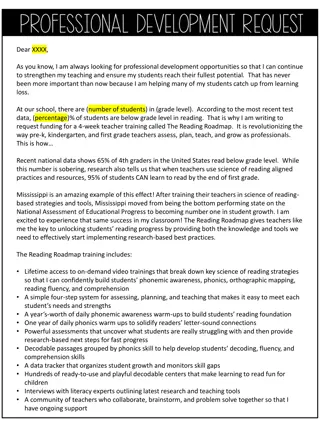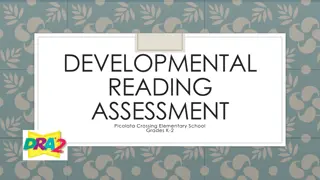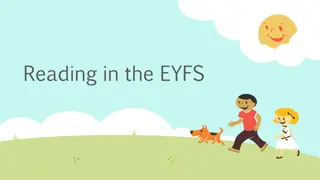
Innovative Food Solutions: Cultured Meat and Nutrient-Rich Diets
Explore the world of cultured meat, grown in labs to offer a sustainable and cruelty-free alternative to traditional meat production. Discover the benefits of a colorful diet rich in fruits and vegetables for preventing various diseases, as highlighted by the National Cancer Institute. Learn about the impact of shale gas and oil discoveries in shaping the energy landscape of the United States.
Download Presentation

Please find below an Image/Link to download the presentation.
The content on the website is provided AS IS for your information and personal use only. It may not be sold, licensed, or shared on other websites without obtaining consent from the author. If you encounter any issues during the download, it is possible that the publisher has removed the file from their server.
You are allowed to download the files provided on this website for personal or commercial use, subject to the condition that they are used lawfully. All files are the property of their respective owners.
The content on the website is provided AS IS for your information and personal use only. It may not be sold, licensed, or shared on other websites without obtaining consent from the author.
E N D
Presentation Transcript
37 !_1 / p.102 Reader s Bank Level 9 Can you imagine eating meat that does not come from animals? This type of meat, which is referred to as cultured meat, is grown in a lab. How do you make it? First, you cut out a small piece of tissue from an animal. You then place the tissue in a cultivator that mimics the inside of a living organism. You provide the cells with warmth, oxygen, sugars, salts, and proteins, and cultured meat eventually grows big enough eating. Supporters are willing to point out the benefits of cultured meat. It does not involve killing animals. environmentally-friendly. According to scientists, cultured meat would require about 40 % less energy to produce than the same volume of pork or beef. Cultured meat is also
37 !_2 / p.102 Reader s Bank Level 9 Since people s eating habits don t change so quickly, it will probably be a while before cultured meat becomes a common menu item. Nevertheless, the demand for cultured meat is expected to increase gradually since the supply for real meat will soon become unable to satisfy the growing meat consumption.
38 , !_1 / p.104 Reader s Bank Level 9 The National Cancer Institute has launched a campaign called Enjoy the Spectrum. Its purpose is to encourage people to eat fruits and vegetables of many different colors. Why? A diet of colorful fruits and vegetables provides the necessary nutrients that you need to prevent heart attack, cancer, stroke, and diabetes. What role do colors play in our health? When our body digests food, it produces a harmful waste substance called free radicals. If our body cannot remove free radicals efficiently, they can harm our cells and affect our body functions; they can even cause cancer. But you don t have to worry about it too much. By eating colorful fruits and vegetables you can easily remove these free radicals from your bodies. For example, red fruits and vegetables contain a powerful
38 , !_2 / p.104 Reader s Bank Level 9 substance that helps reduce the risk of cancer and heart disease. Green or yellow vegetables and fruits contain substances that have similar disease-fighting qualities. Lorelei DiSogra, Director of the National Cancer Institute campaign, says, When you see a variety of colors on your plate, you know you are doing good for yourself. Think of your dinner plate as ________________. The more colors you see, the healthier the dish is. * free radicals
39 ?_1 / p. 106 Reader s Bank Level 9 In 1848, the United States experienced a gold rush. Hundreds of thousands of Americans rushed to California because huge amounts of gold (A) was / were found there. A lot of companies are flocking to Pennsylvania, where shale gas and oil have been discovered. Shale gas and oil are natural energy (B) that / what is buried in a kind of rock called shale. Luckily, the amount of shale gas and oil buried in the US is large enough to last 100 years. ( ) Up to now, the US has been importing about half its energy demand. ( ) Thanks to the discovery of shale energy, the United States is going to become an energy-exporting country. ( ) The problem lies in the extraction process of shale gas. ( ) To extract the gas and oil, people use a
39 ?_2 / p. 106 Reader s Bank Level 9 drilling method called fracking. In this process of fracking, they drill until they reach the shale trapped deep in the earth. ( ) Then they put pressure on the rock using a large amount of water in order to break it and (C) release / releasing causes water shortage and can even cause earthquakes near the shale energy mines. Nevertheless, people remain very interested in shale energy. This is because the world is running out of other energy sources. the gas and oil. This * fracking ( ) However, as everything has its pros and cons, so does shale gas.
40 / p. 108 Reader s Bank Level 9 Psychologists who study giving behavior have noticed that some people give substantial amounts to one or two charities, while others give small amounts to many charities. Those who donate to one or two charities seek evidence about what the charity is doing and what it is really having a positive impact. If the evidence indicates that the charity is really helping others, they make a substantial donation. Those who give small amounts to many charities are not so interested in whether what they are doing helps others psychologists call them warm glow givers. Knowing that they are giving makes them feel good, regardless of the impact of their donation. In many cases the donation is so small $10 or less that if they stopped to think, they would realize that the cost of processing the donation is likely to exceed any benefit it brings to the charity.






















